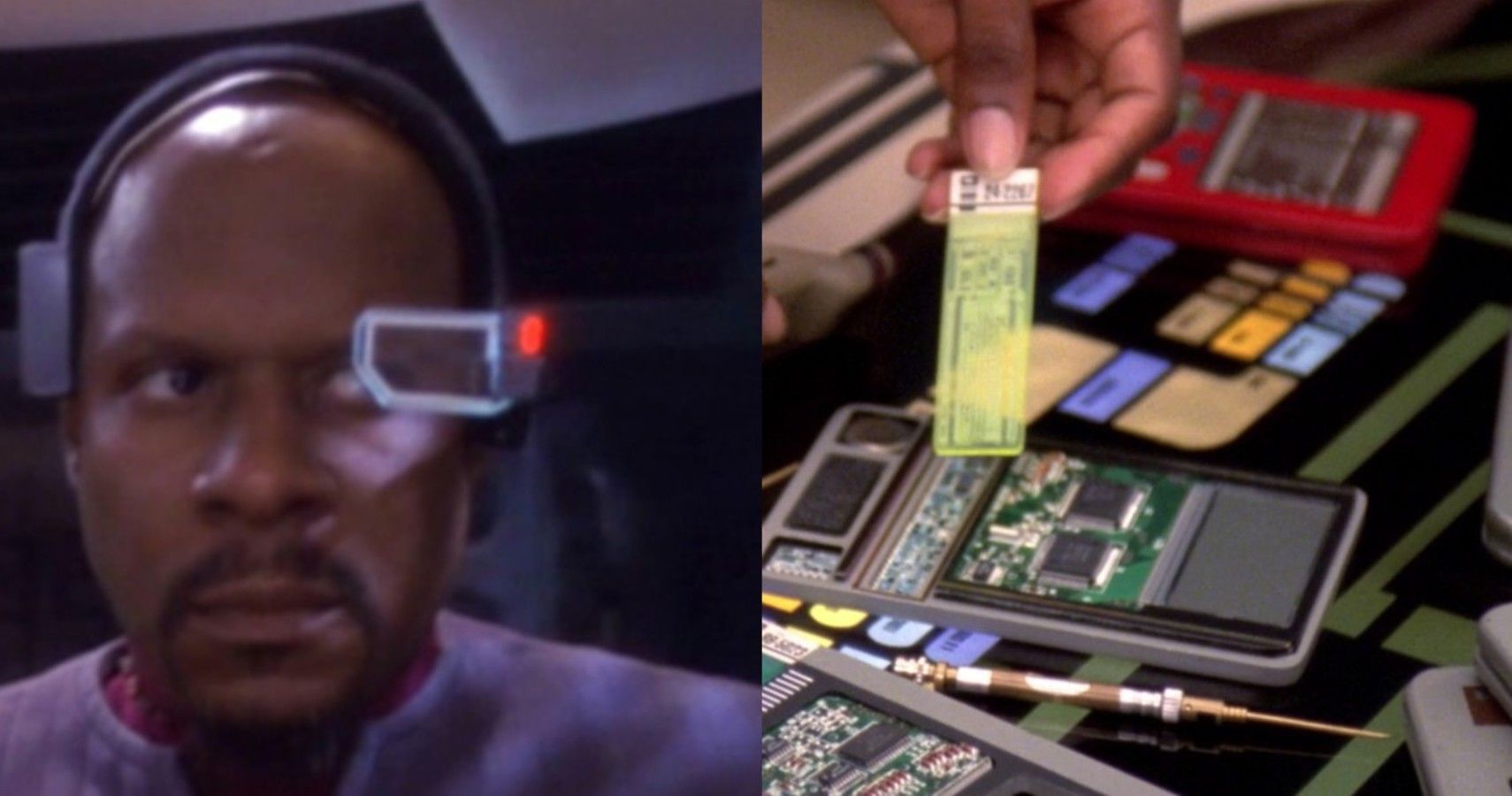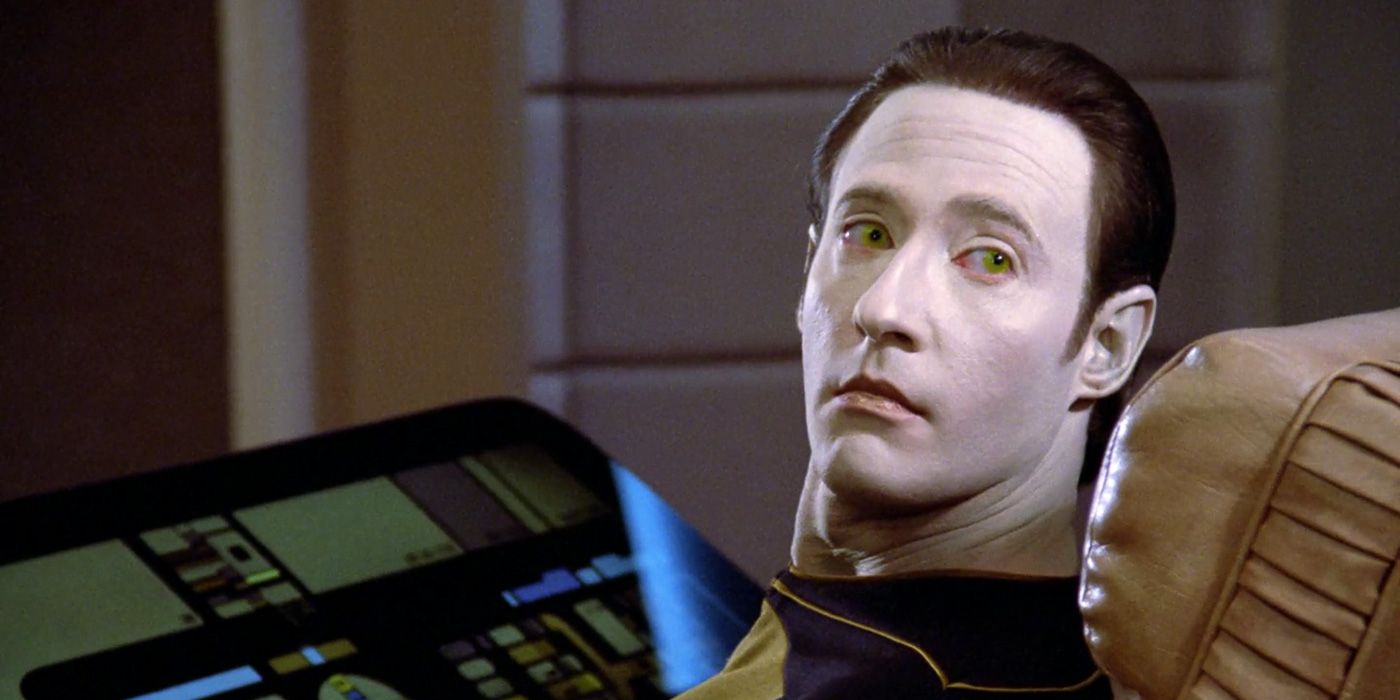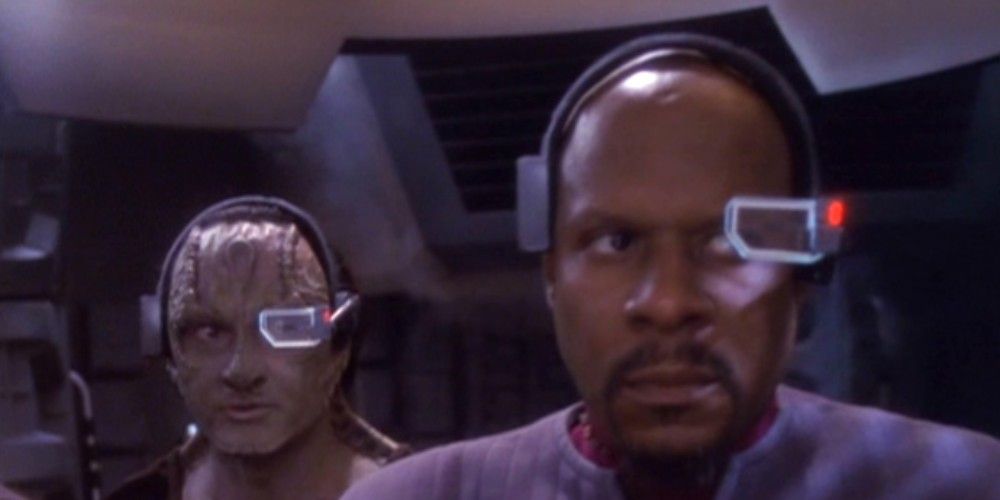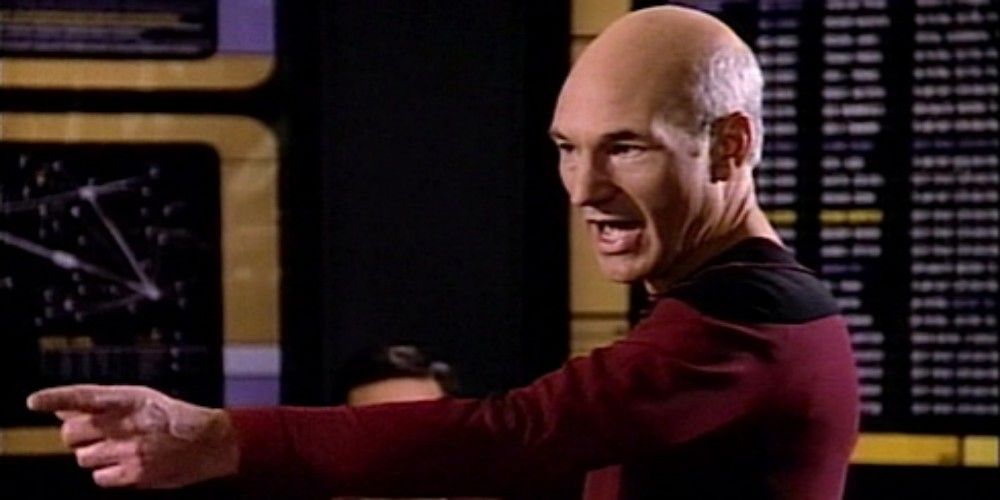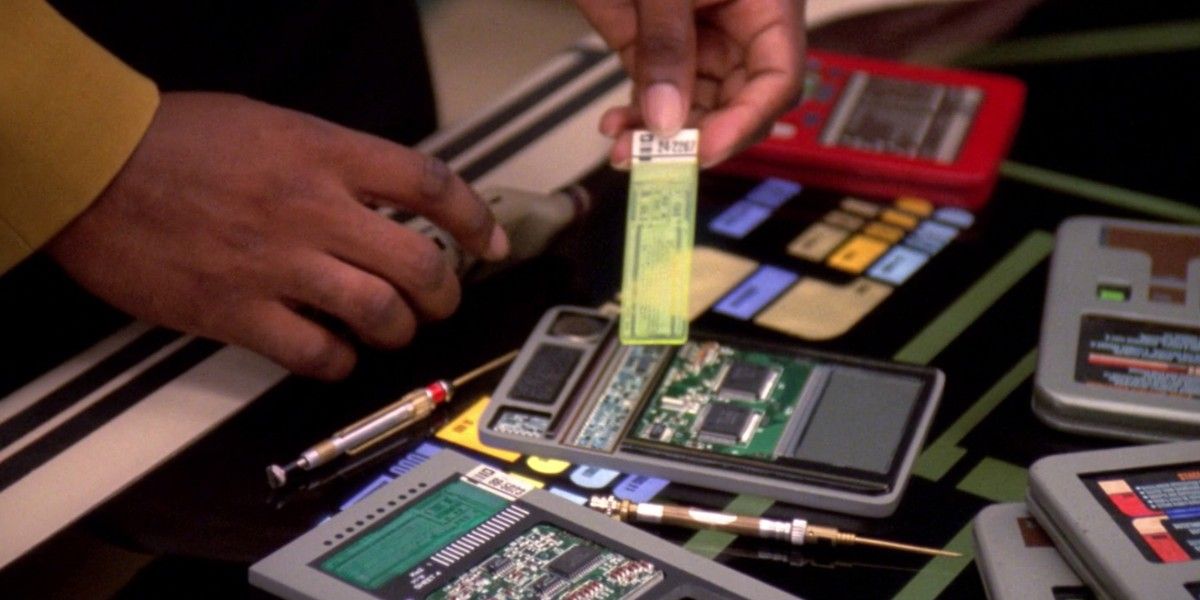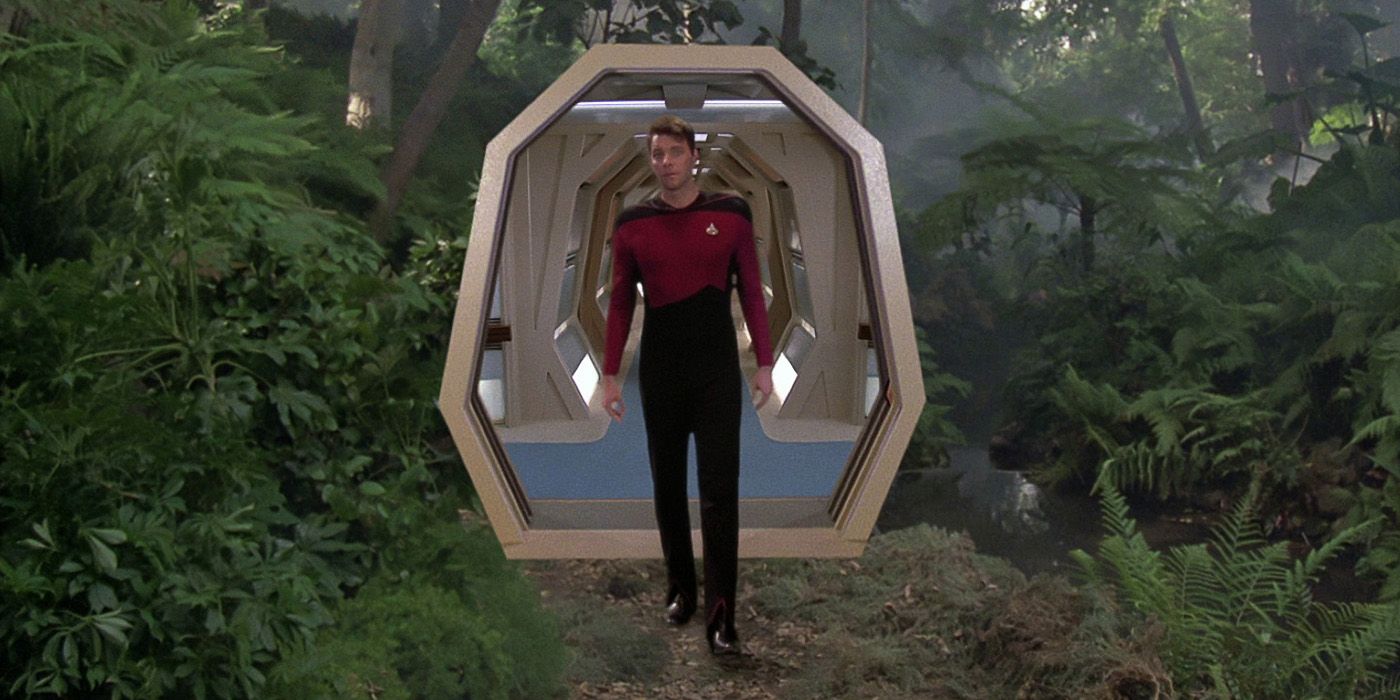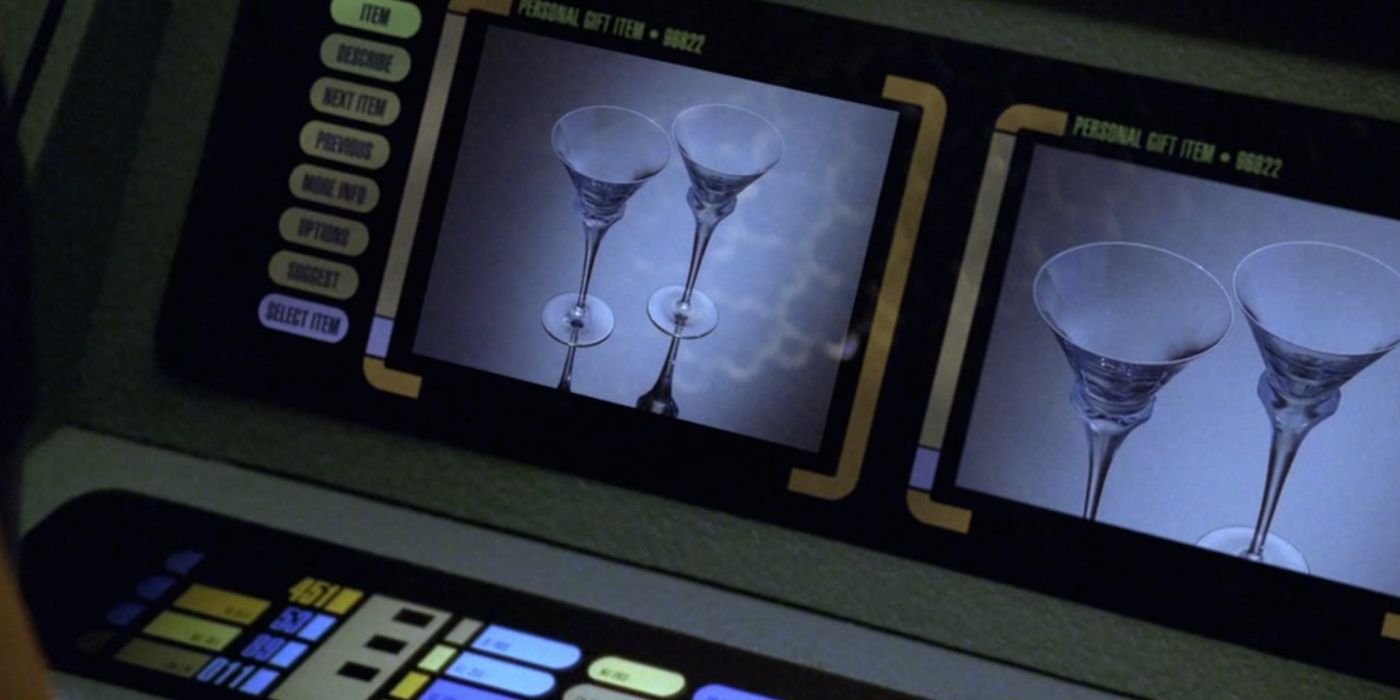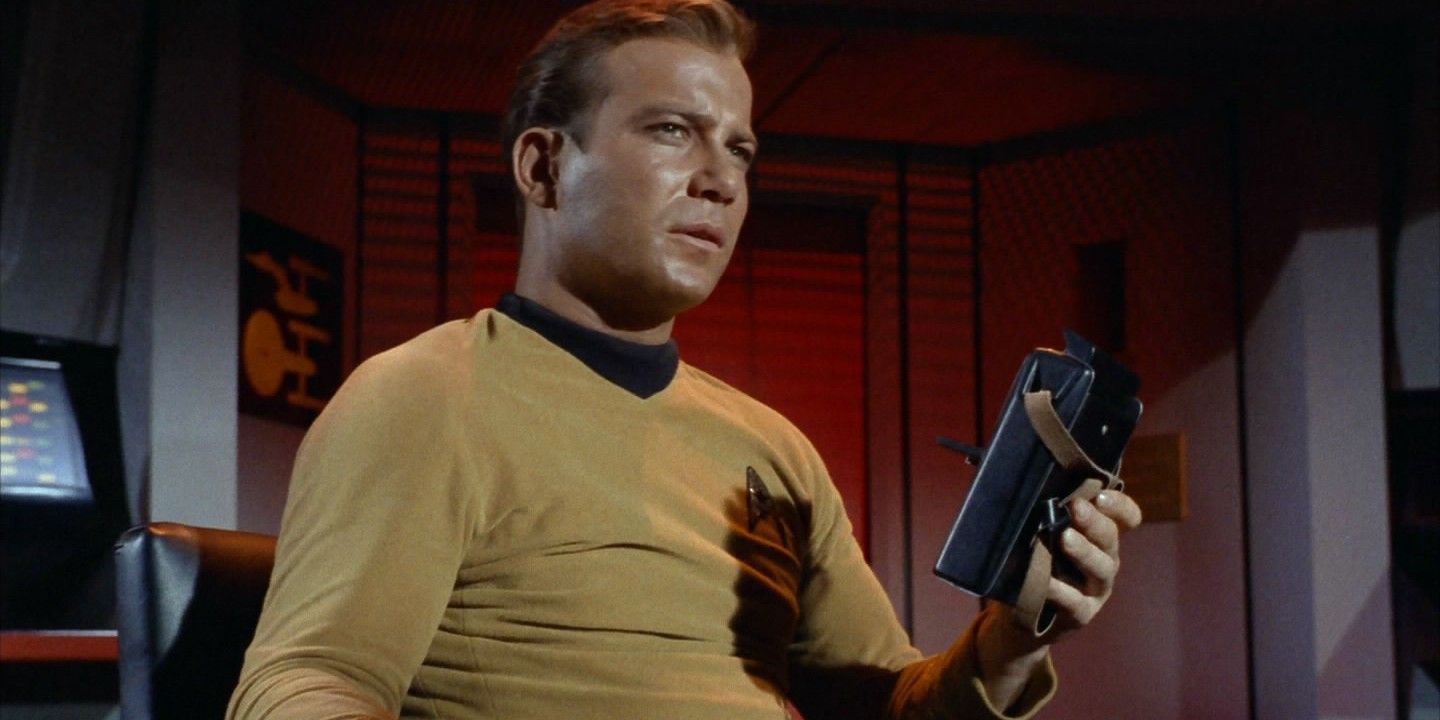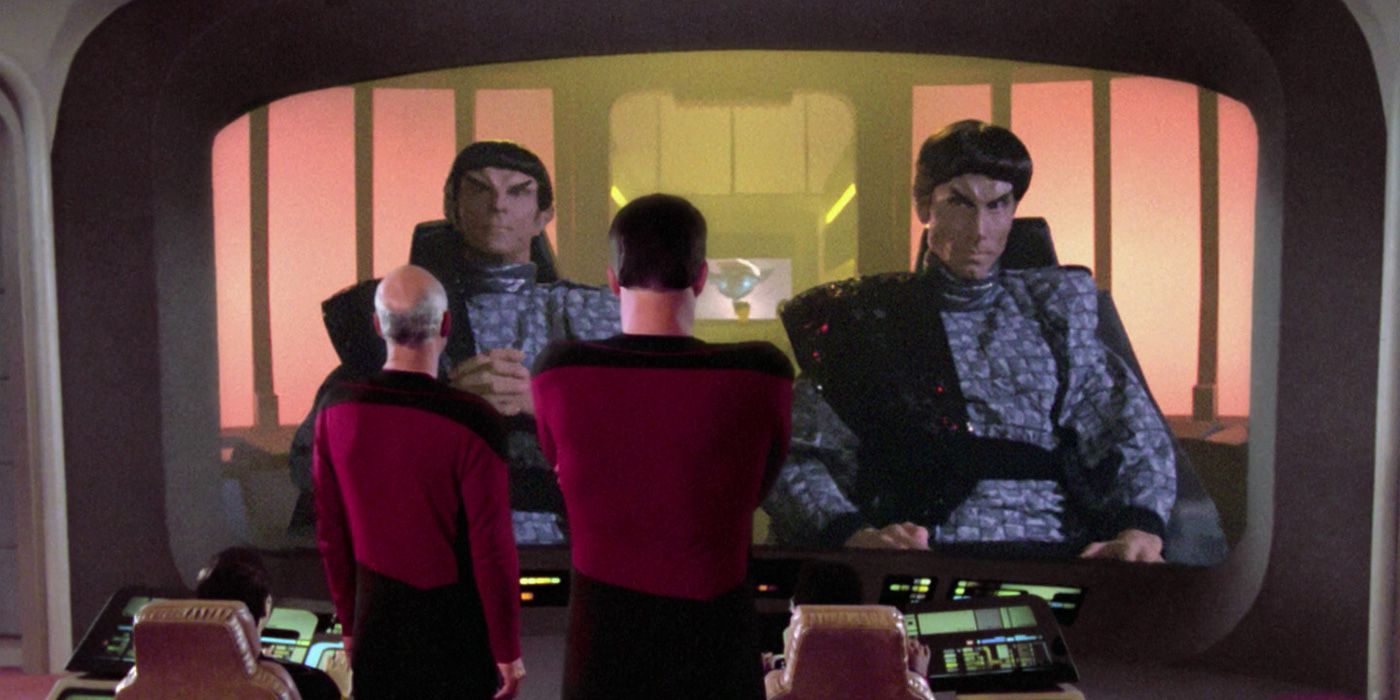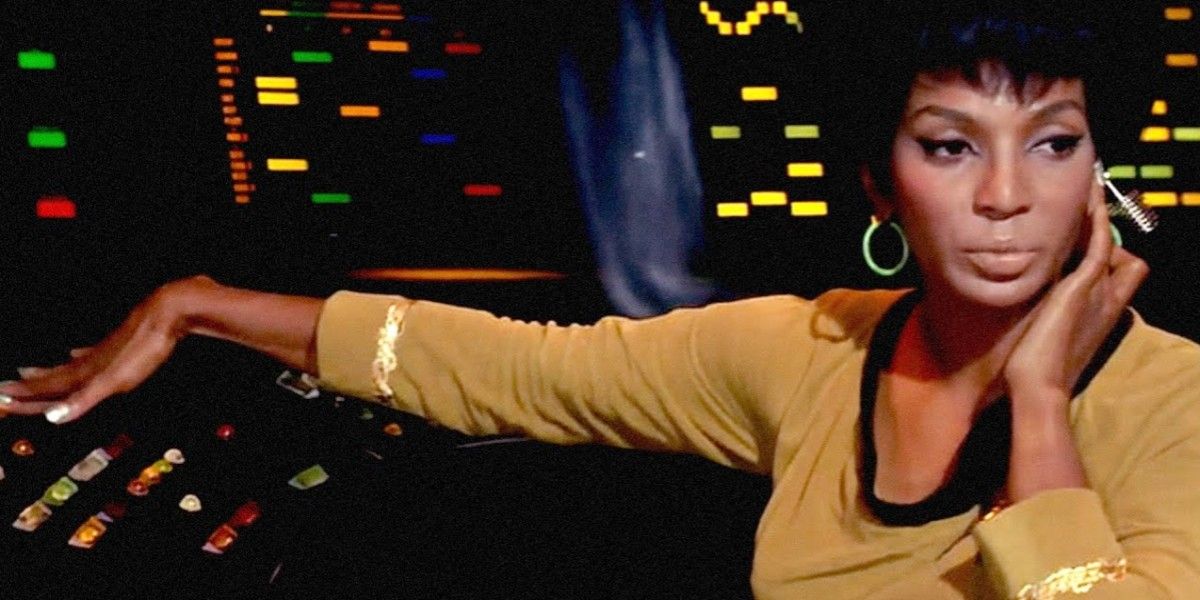Since the very first time viewers saw a communicator on Star Trek: The Original Series, the Star Trek franchise has proven that it has the capacity to predict the future. As our own technology advances, more advanced technology has appeared in each Star Trek series from the mid '60s to the current day. On numerous occasions, the technology which has been imagined for the show has become a part of our daily lives, to such an extent that we forget Star Trek pioneered it first.
From Bluetooth earpieces to tablets, Star Trek has foreshadowed the extent that hands-free technology would be involved in our pursuit of efficiency. Things that we take for granted, like video chatting and touch screen capabilities, were what helped Star Trek seem both years ahead of us and attainable in a not-so-distant future. Perhaps one day, Gene Roddenberry's prediction that Earth will be free of war, disease, and the reliance on currency will also be true. Here are 10 times that Star Trek predicted the future.
TOUCH SCREEN MONITORS
Star Trek excelled at introducing new and innovative technology into its franchise by making it seem not only commonplace, but practical. The characters in every series utilize the technology around them in ways that make their lives more efficient, such as interacting with the operating system LCARS aboard the Enterprise-D.
Star Trek: The Next Generation improved how the crew of the Enterprise-D used the operating system. The graphic interface was created to look "less busy" in accordance with Gene Roddenberry's wishes, and thus the sleek, touch screen-activated technology that seems prolific now was put into place.
GOOGLE GLASS
Google Glass is a relatively recent option for virtually displaying information on a screen the size of a pair of reading glasses. It keeps the wearer's hands free, allowing for more efficacy with their productivity, while also syncing with other "smart" devices and programs powered by Google.
Star Trek: Deep Space Nine notably introduced the visual display device during the last few seasons involving the Dominion War. It was meant to provide a substitute for traditional viewscreens found aboard starships, and allowed the wearer to view the space around their ship.
VOICE ACTIVATION
The Star Trek franchise, like so many sci-fi franchises before it, predicted that in the future, speaking directly to a starship's computer would be commonplace. While we might say, "OK Google" or "Alexa" to address our voice-activated devices, the crew of Star Trek: The Next Generation would say, "Computer," followed by a question or command.
Computers in Star Trek, powered by the LCARS operating system in TNG, were capable of everything from the most complex computations to performing ship maintenance and diagnostics, and even providing the crew of the Enterprise-D with some entertainment and logic games.
TABLETS
One of the most prolific pieces of technology to ever emerge from the Star Trek franchise, the PADD is not only instantly recognizable to fans, but also one of the most congruous pieces of technology that we utilize in the same way as the characters onscreen.
The Portal Auxiliary Data Display preceded the tablet and smart-phone by being a hand-held computer that various members of the crew used in Star Trek: Deep Space Nine to review data, correspondence, and literary paraphernalia. Roughly seven inches in length, it closely resembles the Amazon Fire, Kindle, Nexus 7, and iPad mini we enjoy today.
VIRTUAL REALITY
While we may not be able to enjoy virtual reality on the same level as the Enterprise crew in TNG or the inhabitants of the space station in Deep Space Nine, we can look forward to an experience as advanced as the Holodeck with the simulated environment technology we have today.
Whether we want to be immersed in a video game or visit other parts of the world, all we have to do is put on the Oculus Quest or Samsung Gear virtual reality goggles. Soon we'll be able to recreate our favorite childhood memories, or have an adventure as our greatest fictional hero in a Holodeck that engages all of our senses, not just sight.
SYNTHETIC SUBSTANCES
With all the craze of the Impossible Burger and the Beyond Burger, it's clear that there's demand for a meat alternatives. These plant-based options will soon be joined by the cultured meat substitutes grown in labs. It's already been achieved by the food company Just, which has been able to grow cells in their labs to make everything from chorizo to foie grois.
Star Trek: The Original Series depicted the Enterprise crew enjoying cultured meat, and Star Trek: The Next Generation had several episodes featuring it, where it seemed to be as tasty as the real thing. And who wouldn't want to try synthehol, the famous synthetic alcohol substitute that has all of the good stuff associated with real alcohol with none of the detrimental effects?
3D PRINTING
Beginning with Star Trek: The Next Generation, and included in Star Trek: Deep Space Nine and Star Trek: Enterprise, members of Starfleet can recreate any object or food they want with a replicator. While we can't make something materialize instantaneously from a digital print, we can use a 3D printer to manufacture something over a period of time.
3D printers have been able to successfully print everything from an entire house to a pair of running shoes. They've even been adapted to print ice-cream and pizza. Perhaps eventually they'll have a recycling capability, like the replicators the crew uses in Enterprise.
UNIVERSAL TRANSLATORS
Where once you had to flip anxiously through a pocket language book to translate something you heard in a foreign language, now you can simply download an app onto your smart-phone. With the latest in translation technology, we can translate almost any spoken language instantly.
Though we haven't needed to translate Klingon yet, committed Star Trek fans would undoubtedly know how. All the crews of the various Enterprise ships have been able to interact with different alien species seamlessly using their universal translators. This technology enhanced the crew's ability to seek out new life and new civilizations.
VIDEO CHATTING
The ability to see the person you're taking a call from may seem commonplace today with FaceTime and Skype, but when viewers first saw the captain of the Enterprise put his space call "onscreen," it seemed like that sort of technology would be light years away.
While it may seem the norm to video chat for us today, we're still a little bit behind being able to actually communicate from hundreds of miles away in deep space. Perhaps in the not-so-distant future, video chatting in space to people on different planets and different ships will be possible.
BLUETOOTH EARPIECES
We're so used to the presence of Bluetooth earpieces at this point, that seeing people talking to themselves on the street doesn't even illicit a second thought. But back in the '60s, when Star Trek: The Original Series came out, seeing Lieutenant Uhura communicate with people around the ship wirelessly was revolutionary.
Hands-free communication devices, as well as listening devices, have made our lives more efficient, freeing up time to focus on other areas. And we even have an improvement on Uhura's device — we can listen to music on ours, as well as bump to our favorite jams using wireless earphones.

